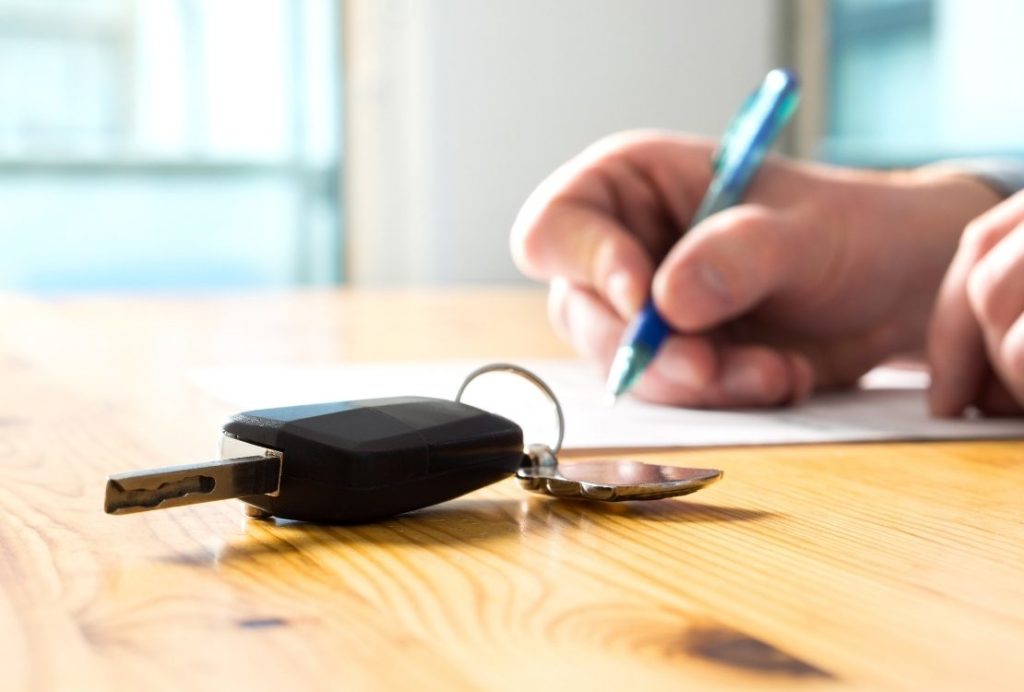When considering leasing a vehicle, even the most seasoned client has questions or concerns. Programs can vary month to month and lease calculations depend on many changing factors (rate, residual, down payment, mileage, etc). In this article we talk about how to lease a car.
Considering the many different programs and options on the market today, LeasePro provides:
1. Know your Driving Lifestyle
Consumers should know their driving habits before signing the contract. Lease programs are calculated based on a length of time and allotment of mileage. It is important for every customer to know and understand how long they plan on keeping a vehicle and how many miles they drive annually. Signing a contract over a longer period of time or without the necessary mileage required can end up costing clients far more at the end of the lease than they’ve saved with the reduced monthly payments lease programs provide.
2. Think Resale Value when Leasing
Lease programs offer a client the ability to only pay for the amount of depreciation they use. Since clients are only paying for a portion of the vehicle, payments are only a portion of what a comparable retail purchase might cost. Considering this, the most attractive lease programs exist on vehicles that carry higher resale values.
To keep your monthly payments as low as possible, look for cars that depreciate less quickly. These high resale automobiles tend to provide clients with reduced depreciation amounts, therefore clients pay less to drive them over the lease term. Vehicles that meet this criteria include, but are not limited to (Acura, Audi, BMW, Honda, Infiniti, Lexus, Mercedes, Nissan, Toyota, Volkswagen).
3. Read the Fine Print
Dealers often advertise ultra low monthly lease payments on new vehicles, but consumers are usually asked to shell out several thousand dollars at lease inception and are often times restricted to unrealistic mileage limitations. Lease programs are based on mathematics, not magic. Read the details regarding down payment, mileage allocation, sales tax, title, license, registration, options and term. Trust your instincts. If the program sounds too good to be true, it almost always is.
4. Buy the Program not the Payment
Potential lease customers should negotiate a lease just as they would a purchase. After all, leasing is simply an alternative way to pay back a loan for the purchase of an automobile. A common mistake by many first time lease clients is to concentrate solely on the payment of the automobile. Many times customers don’t even know or understand what vehicle sales price the dealer is charging.
Negotiate the vehicle purchase price as if you were going to buy the car. Only after you have a firm price should you bring up the possibility of leasing.
5. Customize the Structure to Maximize Value
Standard lease programs offered through most every dealer generally fall in the 36 month/ 36,000 mile range. For some, this structure works well, but for others who need more miles, a longer term or a cheaper payment, standard programs might not work.
Understand that dealers only offer 36 month terms for one reason. Leasing is cyclical and after 3 years, they’d like the opportunity to make additional profit on the purchase or lease of a new car from a maturing lease customer.
It’s important for any client to explore their driving lifestyle, wants and needs. Match any lease program to this evaluation. Perhaps 48 months and 60,000 miles works well for you? Maybe you require 18,000 or even 20,000 miles per year?
A consumer should also understand their options at lease termination. These include: Buying the vehicle, Terminating the vehicle, Selling the vehicle, Refinancing the vehicle and Trading the vehicle. Take these into consideration as well when considering leasing.
-Matt

